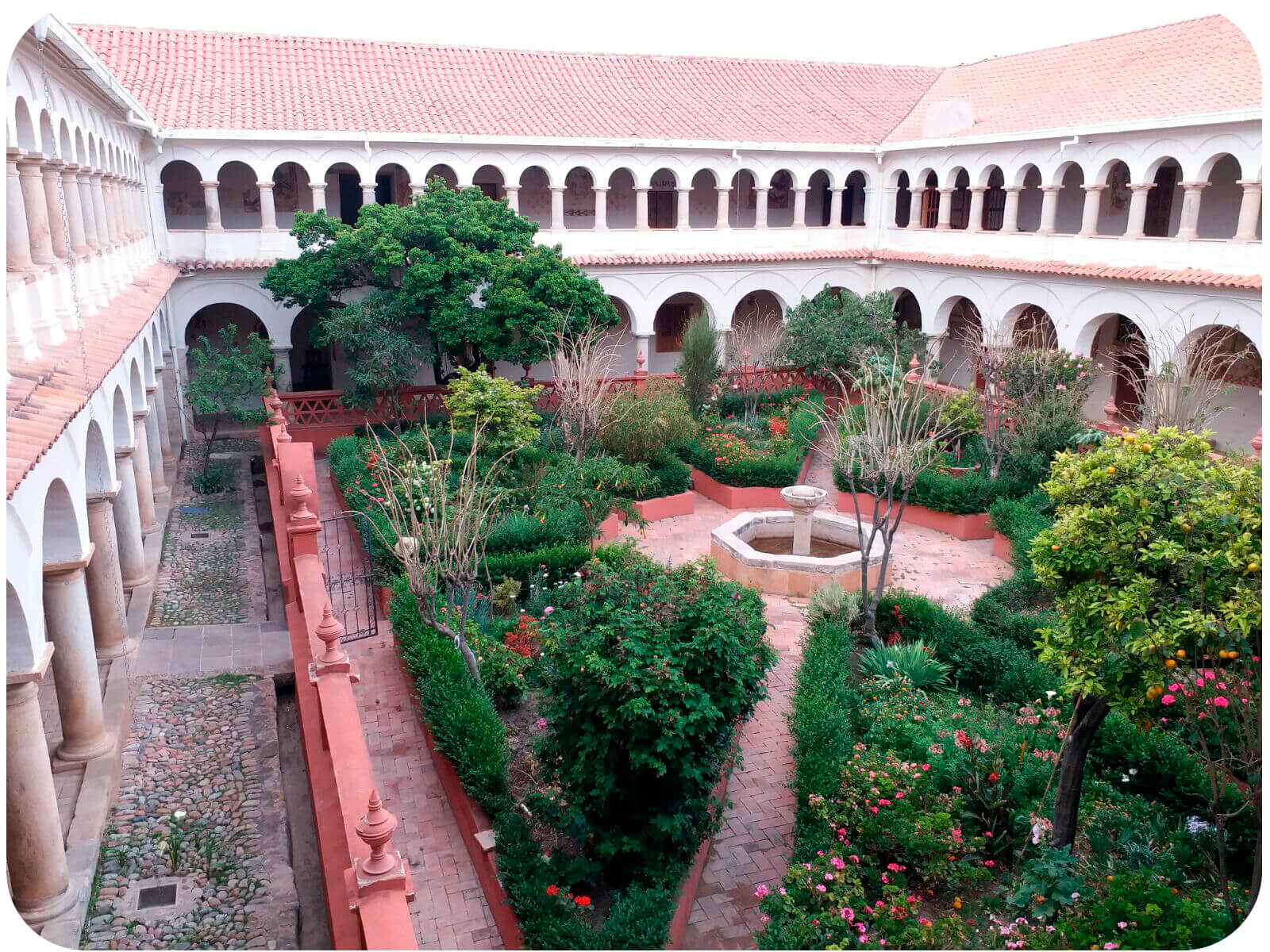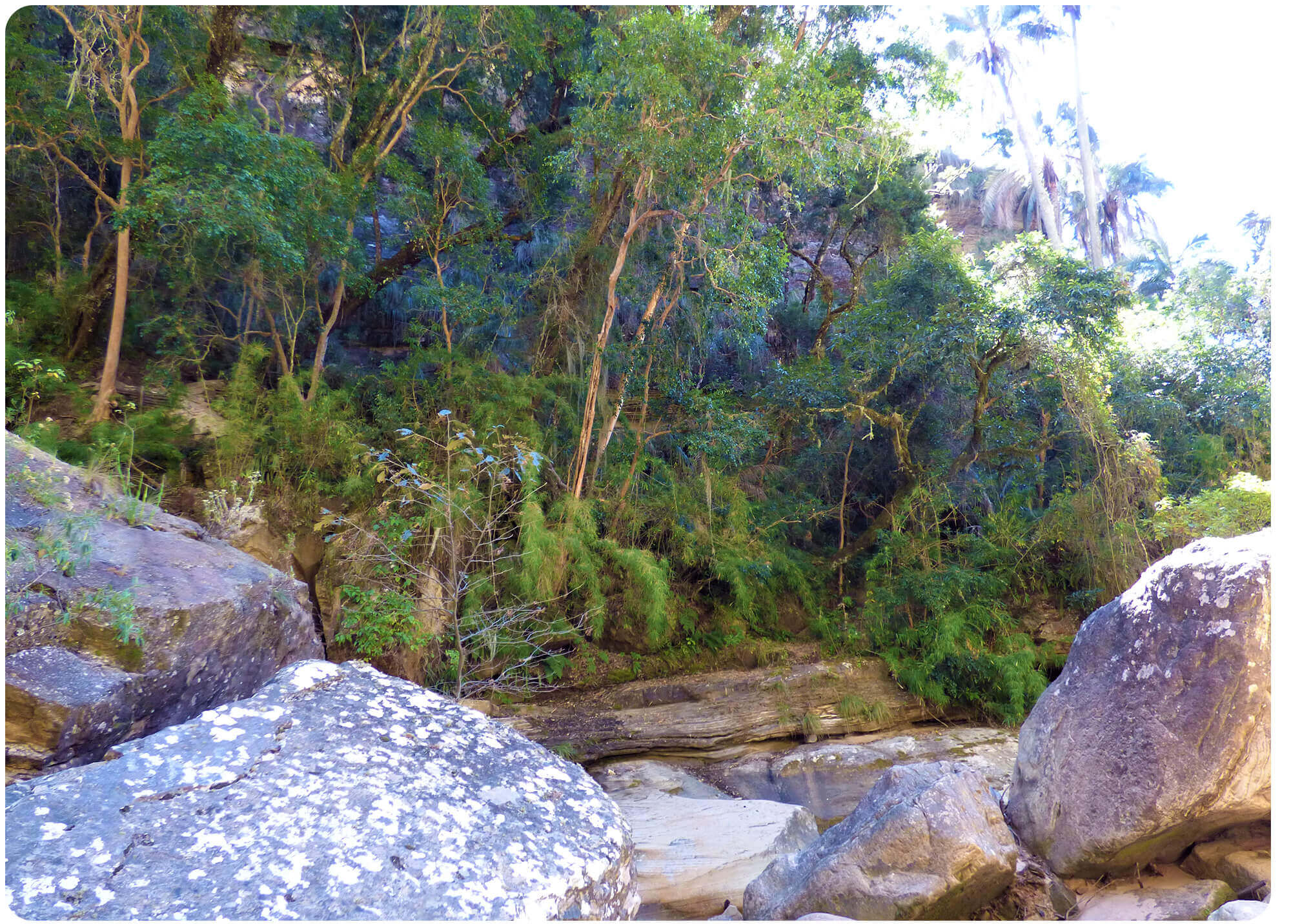Tourism in Sucre

In Sucre the First Scream for Liberty in Latin America took place on 25th May 1809. It is the official capital of Bolivia and one of the most ancient cities of South America.
Founded by the Spanish in the mid-1500s as “La Plata” (The Silver), it was the colonial capitol of the region of Charcas, on the route between Lima and Buenos Aires.
After the Spanish began their exploitation of the rich mineral wealth located in Potosi, the “Cerro Rico” (Rich Mountain), they selected Sucre as a more temperate location to reside. As a result of the extensive wealth derived from Potosi, the city of Sucre became the home of the Spanish Real Audiencia, Roman Catholic Church, monasteries and universities in the region. Thus the city took on the feel of a late-medieval Spanish town with an impressive collection of religious institutions and civic buildings. In this manner, Sucre is a very unique home of Spanish culture that was transplanted and transformed as it integrated with native Quechua-speaking people.
The glorious historical and cultural past of Sucre are reflected in the many churches and mansions of colonial days with their white facades tucked away in the numerous narrow streets. Sucre is one of the most representative colonial cities of America and is a living museum where you can enjoy and appreciate examples of the splendor of the Audience of Charcas from the colonial era.
 One of the most visited attractions in Sucre is the House of Liberty, where the Independence Act was signed on the 6th of August 1825. The building was used as Legislative Palace from 1701 until 1889. Today it is the most important museum showcasing the history of Bolivia. In the museum also the first Argentine flag is preserved, Belgrano´s Flag of 1813, or the Flag of Macha (referring to the village of Macha, in the department of Potosí, where it was found in 1885 in a rural church). Throughout the year, there are many exhibitions of cultural and historical relevance and in its rooms regularly conferences and classical music concerts are organized.
One of the most visited attractions in Sucre is the House of Liberty, where the Independence Act was signed on the 6th of August 1825. The building was used as Legislative Palace from 1701 until 1889. Today it is the most important museum showcasing the history of Bolivia. In the museum also the first Argentine flag is preserved, Belgrano´s Flag of 1813, or the Flag of Macha (referring to the village of Macha, in the department of Potosí, where it was found in 1885 in a rural church). Throughout the year, there are many exhibitions of cultural and historical relevance and in its rooms regularly conferences and classical music concerts are organized.

 The third most ancient University of America was founded in 1614:
The third most ancient University of America was founded in 1614:  The Convent and Temple of Santa Clara is situated just in front of Hotel Villa Antigua and was founded in 1636. Today there is still a nunnery in the cloisters. It includes a museum with an exhibition of paintings, religious sculpture, musical instruments, as well as other arts. It contains important works of Bitti and Montúfar, as well as those of many anonymous artists. The organ from the XVII century was recently restored in 1998. From 2016, you can see espectacular wall paintings, discovered a décade before and restaured, representing the life of the Virgin Mary and the Passion of Christ.
The Convent and Temple of Santa Clara is situated just in front of Hotel Villa Antigua and was founded in 1636. Today there is still a nunnery in the cloisters. It includes a museum with an exhibition of paintings, religious sculpture, musical instruments, as well as other arts. It contains important works of Bitti and Montúfar, as well as those of many anonymous artists. The organ from the XVII century was recently restored in 1998. From 2016, you can see espectacular wall paintings, discovered a décade before and restaured, representing the life of the Virgin Mary and the Passion of Christ. 



 Sucre is the capital of the Chuquisaca department. The region comprises of a number of short mountain ranges, encircling temperate valleys that are crisscrossed by sparkling fresh streams. The region is blessed with its beautiful natural landscapes and ample biodiversity and contains some unique and hardly discovered species only found here.
Sucre is the capital of the Chuquisaca department. The region comprises of a number of short mountain ranges, encircling temperate valleys that are crisscrossed by sparkling fresh streams. The region is blessed with its beautiful natural landscapes and ample biodiversity and contains some unique and hardly discovered species only found here.
 Just about everywhere in the Chuquisaca department and Sucre itself you can find the amazing dinosaur tracks and other evidence of their existence. In Sucre,
Just about everywhere in the Chuquisaca department and Sucre itself you can find the amazing dinosaur tracks and other evidence of their existence. In Sucre,